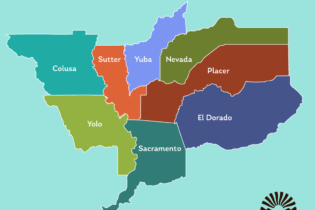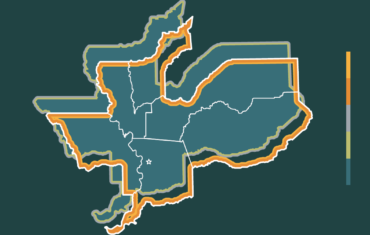We Prosper Together | California Jobs First
Taking a New Approach to Building Economic Strength.

As the economy, industries, and climate shifts, we can’t leave anyone behind. This is our opportunity to approach economic development inclusively. To reimagine our economy and workforce, it’s up to us to come together, elevate voices, and take action.
That’s why we have established We Prosper Together. Our work is currently supported by California Jobs First, but We Prosper Together is a long-term initiative to break down silos for a more inclusive and sustainable economy. Visit our website at www.weprospertogether.org to learn more and get involved.
Overview of California Jobs First
California Jobs First, sourced from the State General Fund, will distribute $600 million to 13 regions across California. The program will:
- Support the development of inclusive regional planning processes in order to produce regional strategies for economic development efforts that prioritize the creation of accessible, high-quality jobs in sustainable industries.
- Invest in projects proposed by regional planning tables that align with regional strategies and meet criteria for equity, job quality, and sustainability, among others.
- Align and leverage state investments (e.g., High Road Training Partnerships, community capacity building programs), federal investments (e.g., Infrastructure Investment and Jobs Act), and philanthropic and private-sector investments in regions to maximize economic development efforts.
The Capital Region includes the following eight counties: Colusa, El Dorado, Nevada, Placer, Sacramento, Sutter, Yolo, and Yuba Counties. Valley Vision is the Regional Convenor & Fiscal Agent for the Capital Region, meaning we are responsible for ensuring our region meets the goals outlined above.
Want to learn more? Visit us at www.weprospertogether.org

